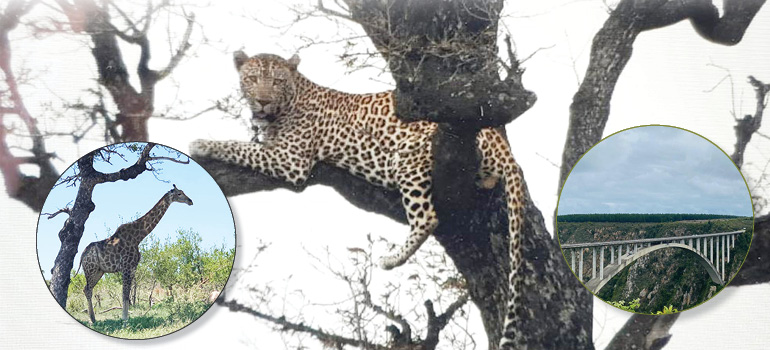Foot care is an essential aspect of managing diabetes, as poor blood circulation and nerve damage can lead to serious foot problems for people with diabetes.
Regular foot inspection is crucial to detect any change or problem early on. Proper foot hygiene can help stem the severity of this problem.
There are different stages of diabetic foot. There are different ways to check if one has diabetic foot.
Some basic symptoms are:
Dr Rajan Tondon of Belle Vue stated, “When it comes to footwear, it is important to choose footwear that fit properly and provide adequate support and cushioning. Shoes that are too light can cause foot problems, while shoes that are too loose can increase the risk of falls and other injuries. People with diabetes should avoid walking barefoot, even inside their homes, as this increases the risk of cuts, blisters, ulcers and other foot injuries. Those with Diabetic foot ulcer should take medical advice that can help in getting appropriate footwear to reduce plantar (relating to the sole of the foot) pressure.”
Regarding the right kind of footwear, Dr Tondon adds, “Wear rubber sole footwear and use silicone gel heel pads in your footwear, which can help to avoid corns and cracks. Good walking shoes is a must for proper foot care.”
When asked about how to control diabetes, Dr. Tondon mentioned that it is possible through regular exercise, eating healthy, sleeping well, and most importantly staying happy.
He advised, “Have less sugary fruits and fried or fatty foods. Go for less pulpy and sweet fruits like banana, mango, chikkoo and custard apple. Regulate everything you eat by eating sensibly. Try exercising regularly for half an hour and be active.” “I know of people who have got off medication simply by managing their diet and lifestyle. Everything should be balanced – your thoughts, actions, lifestyle and behaviour. Taking balanced food is also part of our behaviour. I tell my patients to have everything but moderately.”
In conclusion, diabetic foot care is essential to avoid serious foot problems. By taking care of your feet, you can reduce the risk of complications and improve your overall health and well-being. Regular foot inspections, proper foot hygiene, and the selection of appropriate footwear are all key to good diabetic foot care.

